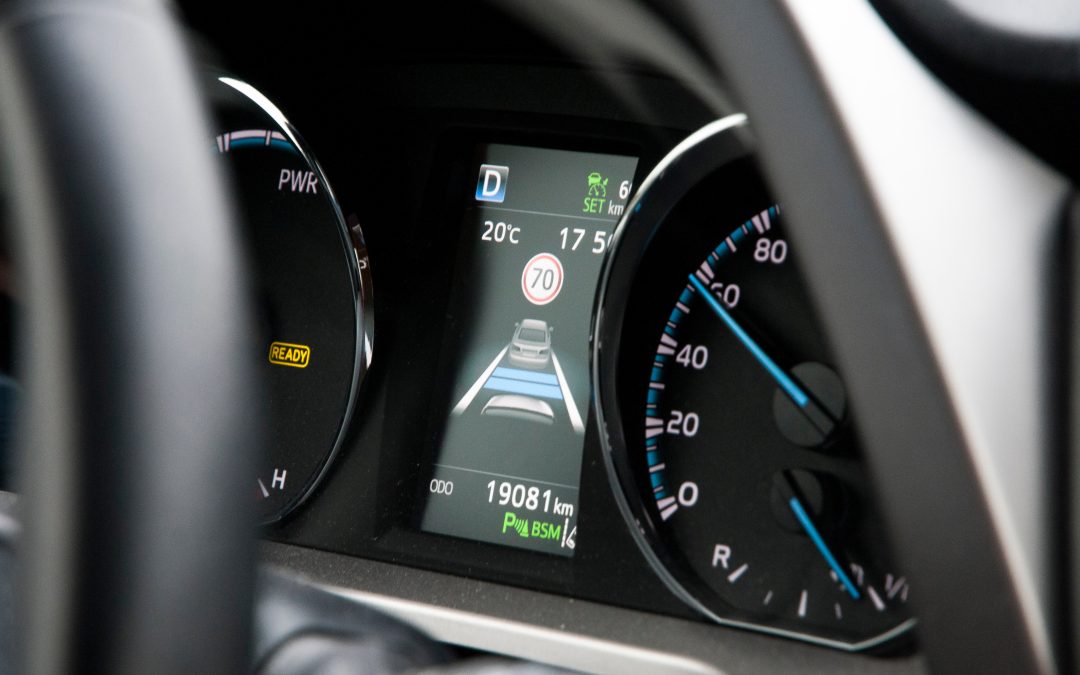In the realm of modern automotive technology, cruise control plays a crucial role in influencing fuel efficiency. However, its effectiveness relies on proper usage. Let’s explore how cruise control can be a valuable tool in maximising fuel economy, particularly when employed judiciously in specific driving scenarios.
Understanding the Basics
Cruise control, a common feature in contemporary cars, is designed to maintain a constant speed, especially beneficial for long motorway journeys. To unlock its fuel-saving potential, it’s essential to recognize when and where to use it optimally.
Fuel Efficiency at a Glance
Achieving fuel efficiency involves maintaining a steady pace. Cruise control becomes an efficient tool by curbing unnecessary accelerations, simplifying the driving experience, and ensuring maximum fuel efficiency, especially on flat surfaces.
Choosing the Right Moments
Despite its benefits, cruise control is not a universal solution. For optimal fuel savings, it’s best reserved for motorway driving, where its capabilities shine on expansive and level roads, providing a seamless and economically sound journey.
Navigating Potential Pitfalls
Using cruise control on uneven terrain can lead to increased fuel consumption. The system’s slower response to gradient changes becomes apparent when driving on hills, potentially maintaining power for a bit longer than necessary.
The Economical Roads
Interestingly, the most fuel-efficient terrains aren’t city streets or country roads but the expansive motorways. Here, leaving the car in top gear and cruising gently minimises fuel consumption, making it an ideal strategy for economical driving.
To achieve optimal fuel efficiency, a clear understanding of cruise control is crucial. When used judiciously in suitable conditions, this feature becomes a valuable ally in the pursuit of economical driving. Consider letting cruise control take charge on long, level stretches during your next journey, and observe the positive impact on your fuel consumption.
